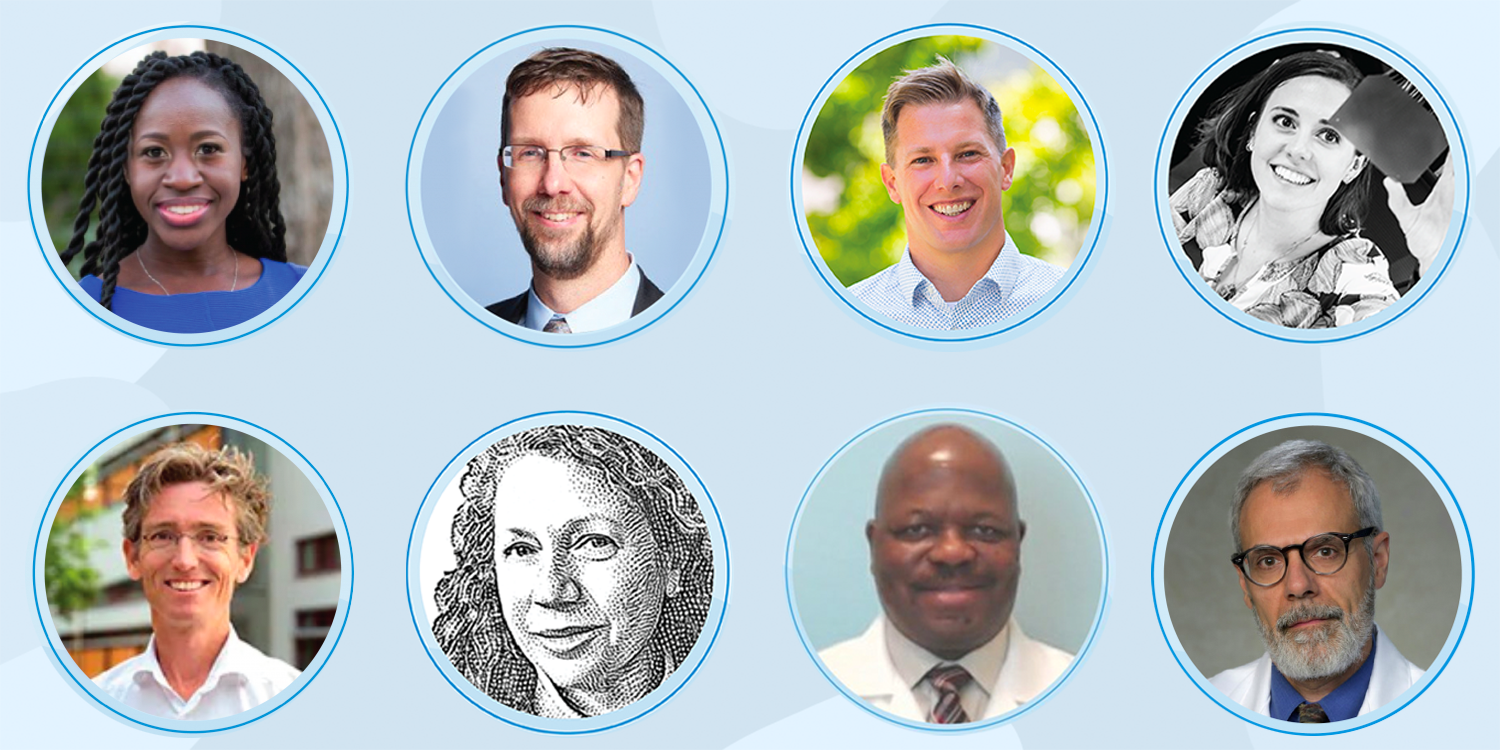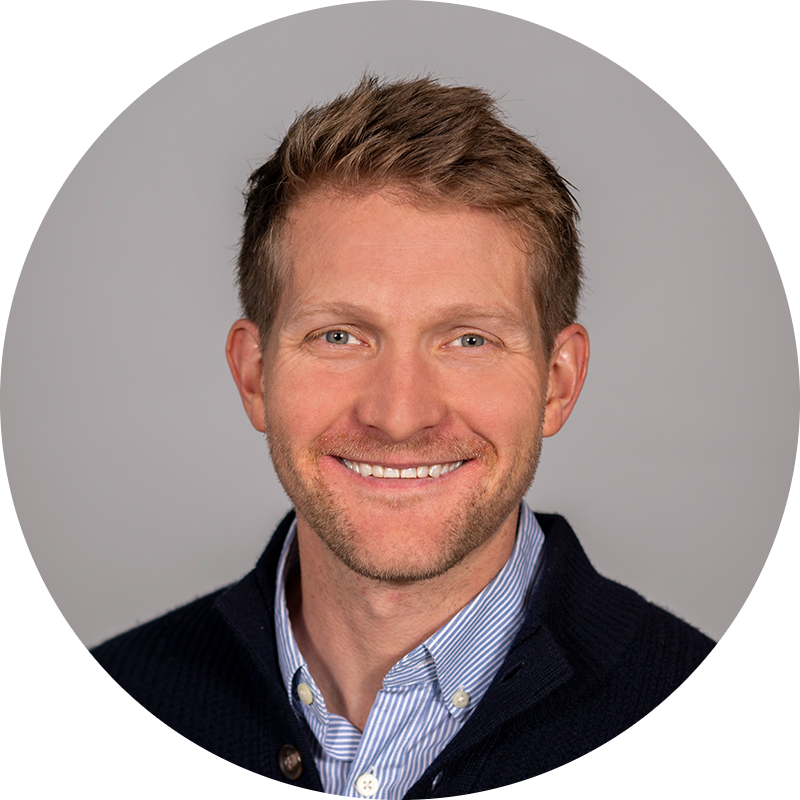The Focal Spot: Dimitris Mihailidis
In this edition of The Focal Spot, Tyler Blackwell interviews Dimitris Mihailidis, PhD.
In this edition of The Focal Spot, I interview Ehsan Samei, PhD. Ehsan is a Professor of Medical Physics at Duke University.

“When you want to knock down a nail when you’re building something, you should not look at your hammer. You should look at the nail and the hammer would fall where it needs to fall. This is a more purpose-driven approach to your actions.”
In this edition of The Focal Spot, I interview Ehsan Samei, PhD. Ehsan is a Professor of Medical Physics at Duke University. During his tenure at Duke, he co-founded the graduate program in medical physics and has since mentored over 100 students and trainees. Along with other efforts within the organization, Ehsan has been a founding force for the AAPM’s Medical Physics 3.0 movement, helping shape the future of the profession. In our discussion, we touch on the progress of Medical Physics 3.0, one of his lesser-known talents, and how he got totally hooked on medical imaging physics.
Tyler: When I was just getting into medical physics, my very first mentor was from Iran. I loved to hear about his customs and family back in Tehran. Did you grow up in Iran? Tell me about what life was like as a kid?
Ehsan: I grew up in Iran, in a very intelligent but not very particularly intellectual family. My parents were not highly educated. Perhaps because of that, they always pushed their children towards education.
I was not a very good student, but there was definitely very strong inspiration towards science and the arts. I did a lot of visual arts work. In fact, I entered a drawing into an international art competition when I was 12 or 13. I took third place.
And then later, through a very good high school teacher, I got totally sucked into physics. There was an essence of purity in it that stood beyond humanity.
Tyler: When did you come to the United States from Iran, and what was that like?
Ehsan: I was 24 years old. I was done with my undergraduate education, and I was looking at graduate school for astrophysics in the US or Canada. I have been very lucky to have been transplanted in the US. I feel like I have directly benefited from this flourishing freedom that inspires my creativity. The sky’s the limit, and I have this space in which to play, and people do not look down upon me because of my name or accent.
Tyler: I’m very happy to hear that’s been your experience. You came to do astrophysics, so how did medical physics come to be?
Ehsan: I thought maybe astrophysics or cosmology would satisfy that element of purity that I craved. But after a semester of school, I got a little bit disillusioned. Well, partly that, but also, I just ran out of money.
My family was not well-to-do, so we really didn’t have very much money. I came to the US with $3,000 in my pocket. Even that was already beyond what my family could provide. So I ran out of money very quickly, and I withdrew from the university. For about a year, I just floated, wondering what I was going to do. I did some transient work.
And then, during one of my trips to the library—back when people used to go to libraries—I ran across The Physics of Medical Imaging by Perry Sprawls. I read it overnight, and I just fell in love. I was just like, “Wow, this is physics? Really?” And I just thought, that’s what I want to do.
Tyler: As part of your work, you co-founded the medical physics graduate program at Duke. With the success of the program, what does it feel like to look back at that retrospectively?
Ehsan: When you think about it, our quest as humans is to have an impact. What we do on a daily basis—both in the clinic and in research—is meant to make an actual difference in people’s lives.
Making that actual difference is what motivated me to start the graduate program, to have even a greater impact on the way we practice physics in medicine. Training others so they can go out and do their part is like multiplying this impact factor.
Tyler: I’ve been impressed with just about everyone that I’ve met that has graduated from the program. Congratulations on the success.
By now, I suspect everyone in the physics community has a pretty good idea of what Medical Physics 3.0 is. As chair of the MP 3.0 Committee, can you talk about how the original scope has evolved?
Ehsan: Physics is one of the highlights of human intelligence while at the same time it is pervasive in many aspects of human health and intervention. This inspired us so immensely. Initially, when we got together, we were thinking physics needed to do more for medicine. We came to realize we had to put some definitions around that desire and transition the vision into action. Over time, that thought developed into the concept that physics has to matter when it comes to patient care. Often we practice as if we are just icing on the cake. To some degree, we even have accepted that narrative ourselves.
Physics can actually inform the care of every patient. How can the physicist be in the line of care for the patient and not an outside consultant that may be called upon if needed? Further, can physics impact other areas with its expertise, as it has done in imaging and oncology?
Tyler: Can you mention some of the early efforts of the group? Where have you seen impact so far?
Ehsan: I believe we have had a very impactful effect on the vision of the AAPM. I was intimately involved in the strategic planning of the association. Many notions that we pushed for ended up being cast in the strategic vision of the AAPM.
I think our videos and writings—in which we articulate the passion that drives physicists—are one of the early successes. I would say we have become a pervasive presence in the psyche of our discipline.
Tyler: On a scale of one to ten, where are we now versus where we want to be with this?
Ehsan: We’re maybe at four. The challenge is that this requires a multi-pronged approach. We must inspire people, educate them, and do advocacy, all at the same time. All of these trajectories need to be pursued simultaneously so you don’t have one of them going too far off. For example, you cannot advocate too strongly if your physicist workforce is not ready for it.
To start, a lot of our focus has been on clinical physics, but there is a research side that is still missing. I believe the whole stratification of the field into a research zone and a clinical zone is artificial and detrimental to the future of our field. You’ve got to be a scientist in the clinic and a reasonable, applied person in the lab. And both need to be present and inform one another.
Tyler: You’re a busy fellow, and you’ve made contributions to a number of different institutions and societies; how do you do it all?
Ehsan: I’ve been definitely blessed with much providence throughout my life. If I have accomplished anything, I’ve gotten more than I deserve. So not all of that would I ascribe to myself.
But I would say that I have always strived to focus on the goal and not focus on the action. Don’t worry about the hammer; focus on the nail. And with any long-term commitment, I try to always ask myself, “Why are we doing this again?” A lot of the fluff that develops in a project can clear itself out this way.
Tyler: In which ways have you failed?
Ehsan: I think I have more failures than successes, really. I would have expected that MP 3.0 would have been more prominently practiced by now or that it would have been embodied more.
I wish I could have been a better agent to persuade and inspire people beyond the mundane. I also certainly have lots of projects that I dreamed up that I have been unable to realize.
Tyler: With all that you have going on, how do you keep refreshed so that you can be most effective?
Ehsan: Deep rest is important. Humans are thinking beings, but also spiritual beings and physical beings. I think it’s very important to be a whole person. I am a contemplative person, and I have a very vivid spiritual life. I also think having some sort of athletic outlet is also very important. I run, which is also something of a meditation, so that keeps me sane. Sometimes my wife tells me, “Ehsan, I think you need to go for a run.” I know exactly what she means…
Tyler: What personality trait of yours do you think has gotten you in the most trouble?
Ehsan: I think I am too purpose-driven in that sometimes I can be very impatient for big ideas. I am more of a stir fry person, but sometimes we have to let things just simmer.
Tyler: What is something that most people might not know about you?
Ehsan: I trained as a professional musician. I appreciate jazz, but I’m a classical musician. I play a little piano, but my primary instrument is the flute.
Tyler: Do you listen to any podcasts?
Ehsan: I listen to The Moth. I was fascinated by Dolly Parton’s America. Typology is another one that I find interesting.
Tyler: Do you read much? What do you happen to be reading at the moment?
Ehsan: Not as much as I wish I had time for. But here are 3 books that are on my bedside table at the moment. Very inspiring and insightful books: Falling Upward by Richard Rohr, Sculpting in Time by Andrey Tarkovsky, and New Seeds of Contemplation by Thomas Merton.
Tyler: What’s the fastest speed you’ve ever driven a car?
Ehsan: Maybe 90? Maybe 100? But I still have yet to try one of those unrestricted autobahns in Germany.
If you have a question for Ehsan, drop it in the comments below!


Tyler is a board-certified medical physicist with extensive clinical experience in radiation therapy. He is active in the medphys community including several AAPM committees, the AAPM Board of Directors, and as an ABR orals examiner. Tyler dabbles in real estate investing, loves preparing breakfast for his three kiddos, and enjoys playing adult coed soccer.
Related tags: RadOnc News The Focal Spot
In this edition of The Focal Spot, Tyler Blackwell interviews Dimitris Mihailidis, PhD.
Our first interview on The Focal Spot with Alois Ndlovu, Ph.D. on Zulu culture, sandwich degrees, and mentorship.
In this edition of the Focal Spot, Tyler Blackwell interviews Bas Raaymakers, PhD.
Leave a comment